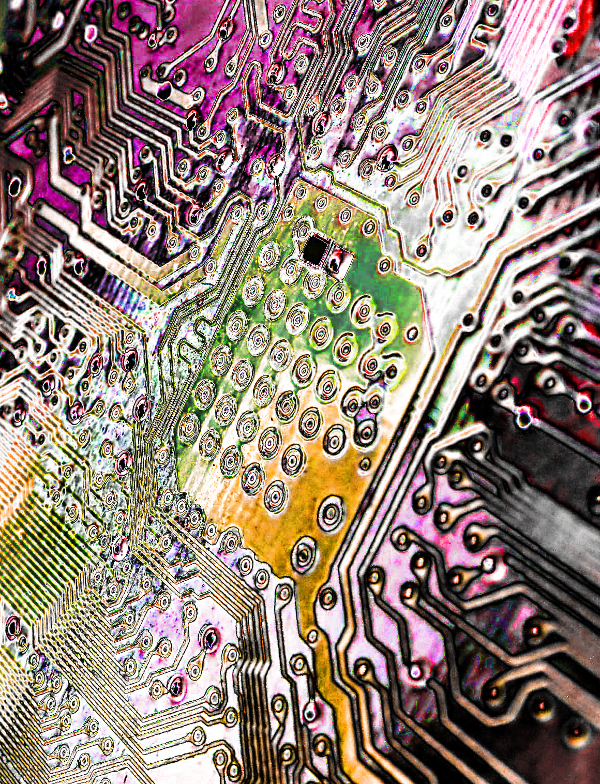Photons slowed for future CPUs
 Australian researchers have stored photonic information as an acoustic wave on a microchip.
Australian researchers have stored photonic information as an acoustic wave on a microchip.
They say the exciting new process allows precious extra time to store, process and then redistribute the data without relying on electronics.
It could be an important part of the next generation of photon-based quantum computers.
The researchers at the University of Sydney have dramatically slowed digital information carried as light waves by transferring the data into sound waves in an integrated circuit, or microchip.
A video demonstration can be seen below.
Transferring information from the optical to acoustic domain and back again inside a chip is critical for the development of photonic integrated circuits: microchips that use light instead of electrons to manage data.
These chips are being developed for use in telecommunications, optical fibre networks and cloud computing data centres where traditional electronic devices are susceptible to electromagnetic interference, produce too much heat or use too much energy.
“The information in our chip in acoustic form travels at a velocity five orders of magnitude slower than in the optical domain,” said Dr Birgit Stiller, research fellow at the University of Sydney and supervisor of the project.
“It is like the difference between thunder and lightning,” she said.
This delay allows for the data to be briefly stored and managed inside the chip for processing, retrieval and further transmission as light waves.
Light is an excellent carrier of information and is useful for taking data over long distances between continents through fibre-optic cables.
But this speed advantage can become a nuisance when information is being processed in computers and telecommunication systems.
To help solve these problems, the team has demonstrated a memory for digital information that coherently transfers between light and sound waves on a photonic microchip.
University of Sydney doctoral candidate Mr Merklein said: “Building an acoustic buffer inside a chip improves our ability to control information by several orders of magnitude.”
Dr Stiller said: “Our system is not limited to a narrow bandwidth. So unlike previous systems this allows us to store and retrieve information at multiple wavelengths simultaneously, vastly increasing the efficiency of the device.”
Fibre optics and the associated photonic information – data delivered by light – have huge advantages over electronic information: bandwidth is increased, data travels at the speed of light and there is no heat associated with electronic resistance. Photons, unlike electrons, are also immune to interference from electromagnetic radiation.
However, the advantages of light-speed data have their own in-built problem: you need to slow things down on a computer chip so that you can do something useful with the information.
In traditional microchips this is done using electronics. But as computers and telecommunication systems become bigger and faster, the associated heat is making some systems unmanageable. The use of photonic chips - bypassing electronics - is one solution to this problem being pursued by large companies such as IBM and Intel.
Mr Merklein said: “For this to become a commercial reality, photonic data on the chip needs to be slowed down so that they can be processed, routed, stored and accessed.”
Their latest paper is accessible here.








 Print
Print